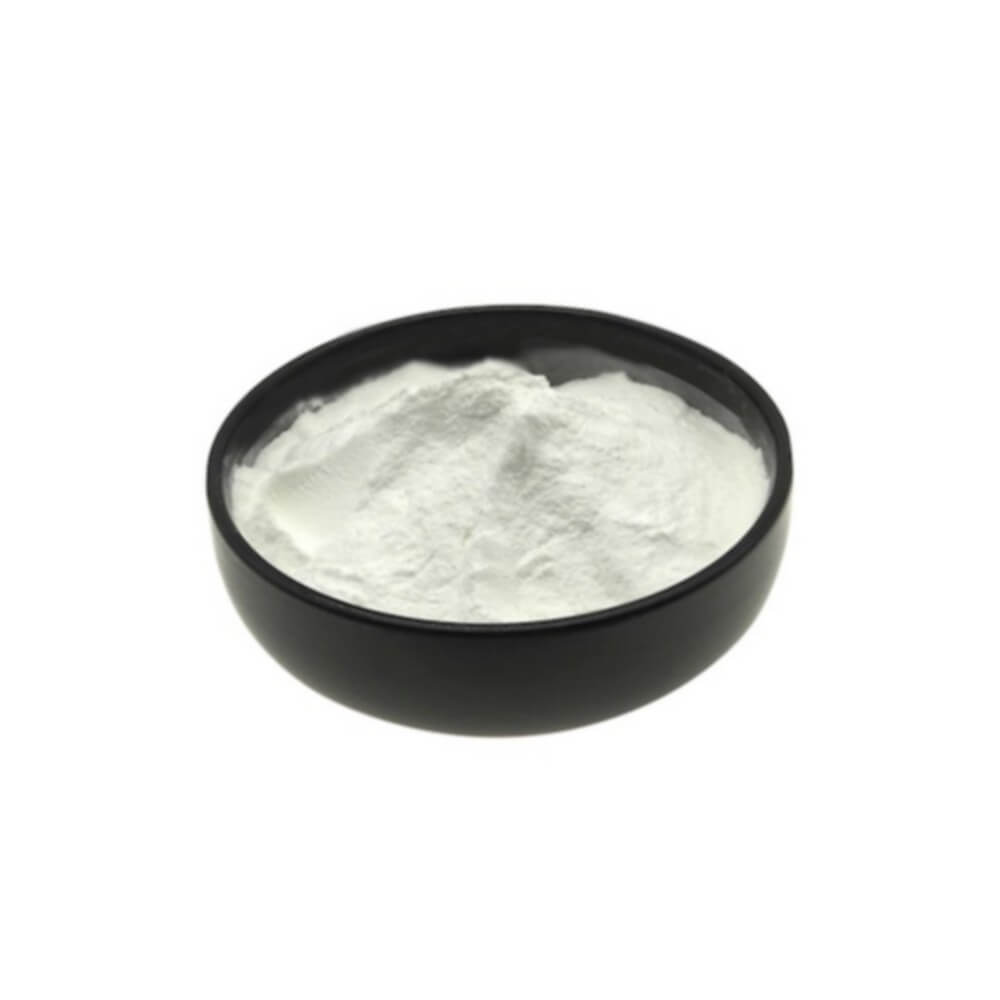At KIMA CHEMICAL CO., LTD, we understand the critical role of advanced materials in the construction industry. One such innovation, Redispersible Polymer Powder has revolutionized building materials by enhancing performance, durability, and workability. In this article, we explore the key applications of redispersible polymer powder in building materials, highlighting its benefits and why it is becoming indispensable in modern construction.
What is Redispersible Polymer Powder?
Redispersible polymer powder (RPP) is a dry form of polymer that, when mixed with water, redistributes into a stable polymer emulsion. This property makes it highly versatile for use in cement-based formulations and other building materials. Unlike liquid polymer additives, redispersible polymer powder offers longer shelf life, easier handling, and precise dosing.
Why Use Redispersible Polymer Powder in Building Materials?
Redispersible polymer powder improves the physical and mechanical properties of building materials. It enhances adhesion, flexibility, water retention, and resistance to cracking. These advantages lead to longer-lasting structures, better aesthetics, and reduced maintenance costs.
Key Applications of Redispersible Polymer Powder
1. Tile Adhesives
Redispersible polymer powder is a vital additive in tile adhesives. It improves bond strength between tiles and substrates, making the adhesive more flexible and resistant to thermal and mechanical stresses. This ensures tiles stay firmly attached over time, even in challenging environments.
- Enhanced adhesion: RPP creates a flexible film that binds tile surfaces better.
- Improved water retention: Prevents premature drying, enabling proper curing.
- Increased flexibility: Accommodates substrate movements without cracking.
2. Cement-Based Mortars and Plasters
In cement-based mortars and plasters, redispersible polymer powder acts as a performance booster. It enhances workability, adhesion, and durability, reducing shrinkage and cracking.
- Better adhesion to substrates: Helps plaster stick to concrete, brick, or other surfaces.
- Improved flexibility: Allows mortars to withstand structural movements.
- Resistance to water and frost: Extends lifespan under harsh weather conditions.
3. Self-Leveling Underlayments
Self-leveling underlayments require excellent flow and bonding characteristics. Incorporating redispersible polymer powder helps achieve a smooth, level surface with strong adhesion to the substrate.
- Improved flow and workability: Easier to apply and level.
- Enhanced bond strength: Prevents delamination or cracking.
- Increased durability: Supports heavy traffic and wear.
4. External Insulation and Finish Systems (EIFS)
EIFS demand materials that are durable, flexible, and resistant to weathering. Redispersible polymer powder enhances the performance of base coats and adhesives used in EIFS.
- Strong adhesion to insulation boards: Ensures system stability.
- Flexibility to accommodate thermal expansion: Prevents cracking.
- Water resistance: Protects insulation layers from moisture damage.
5. Waterproofing Mortars and Coatings
Waterproofing mortars benefit greatly from the addition of redispersible polymer powder. It improves adhesion to substrates and creates a flexible, crack-resistant barrier.
- Improved waterproofing performance: Reduces water penetration.
- Enhanced flexibility and durability: Maintains integrity despite substrate movement.
- Better adhesion to challenging surfaces: Ensures comprehensive coverage.
Benefits of Using Redispersible Polymer Powder in Building Materials
Improved Mechanical Properties
Redispersible polymer powder increases tensile strength, flexibility, and impact resistance of mortars and adhesives. This leads to materials that better withstand mechanical stresses.
Enhanced Workability and Application
RPP enhances the workability of mixes, making them easier to apply and finish. This improves efficiency on-site and results in higher-quality construction.
Increased Durability and Longevity
By improving adhesion and flexibility, redispersible polymer powder helps prevent cracks and delamination. This results in longer-lasting structures that require less maintenance.
Environmental and Economic Advantages
Using RPP can reduce the need for solvent-based additives and liquid polymers, which may be more environmentally harmful. Its dry form also lowers transportation and storage costs.
How to Incorporate Redispersible Polymer Powder
Proper incorporation of redispersible polymer powder is crucial for optimal performance. Typically, it is added to the dry mix before water is introduced, ensuring even dispersion throughout the material. Dosage rates vary depending on the application but typically range from 2% to 5% by weight of the dry mix.
Why Choose KIMA CHEMICAL CO., LTD for Redispersible Polymer Powder?
At KIMA CHEMICAL CO., LTD, we provide high-quality redispersible polymer powders designed to meet the rigorous demands of modern construction. Our products undergo strict quality control to ensure consistent performance, enabling builders and manufacturers to deliver superior building materials.
Conclusion
Redispersible polymer powder is a game-changing additive in the building materials industry. Its ability to enhance adhesion, flexibility, water retention, and durability makes it invaluable in tile adhesives, mortars, waterproofing coatings, EIFS, and more. Incorporating redispersible polymer powder from trusted suppliers like KIMA CHEMICAL CO., LTD ensures improved material performance, longer-lasting structures, and greater overall construction success. For builders and manufacturers seeking advanced solutions, redispersible polymer powder is an essential component for next-generation building materials.
